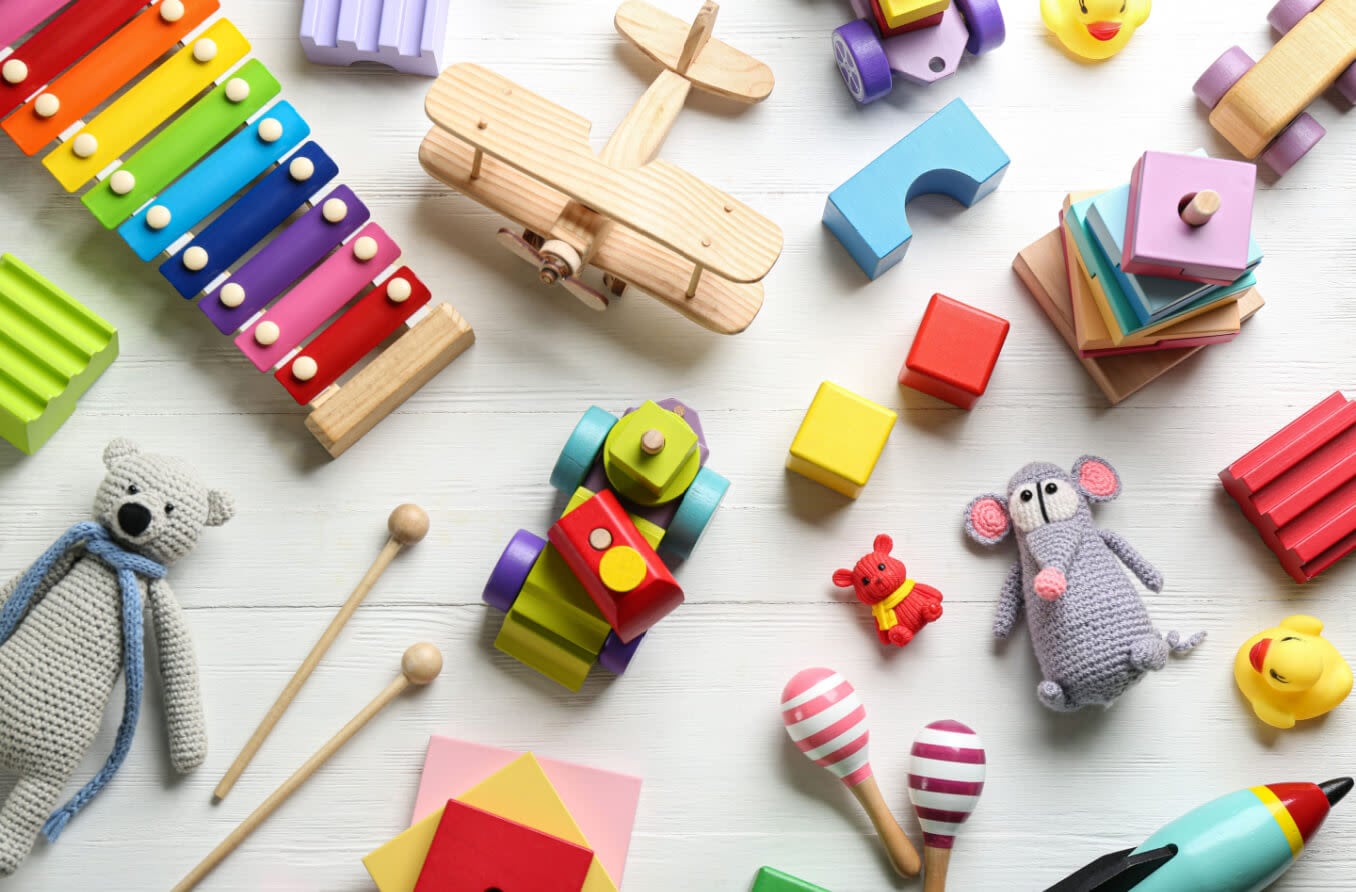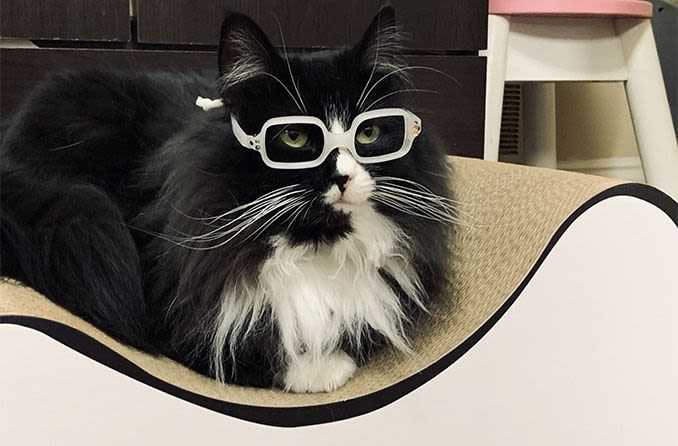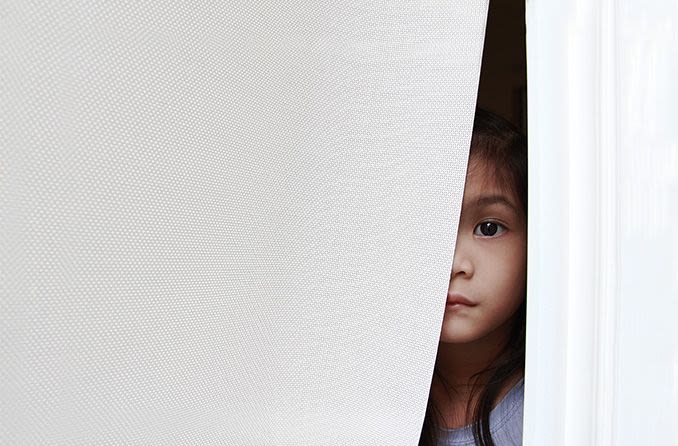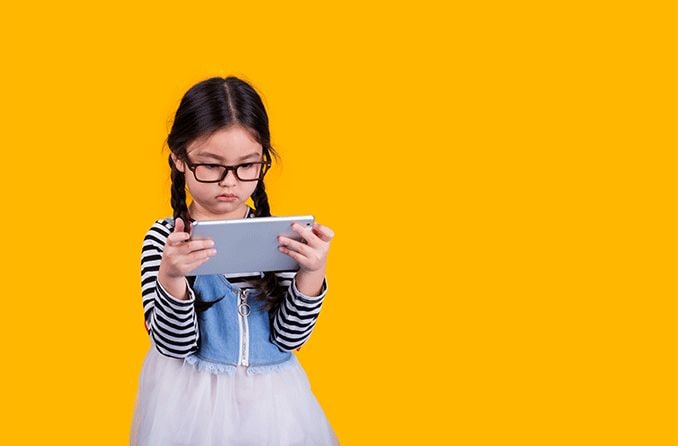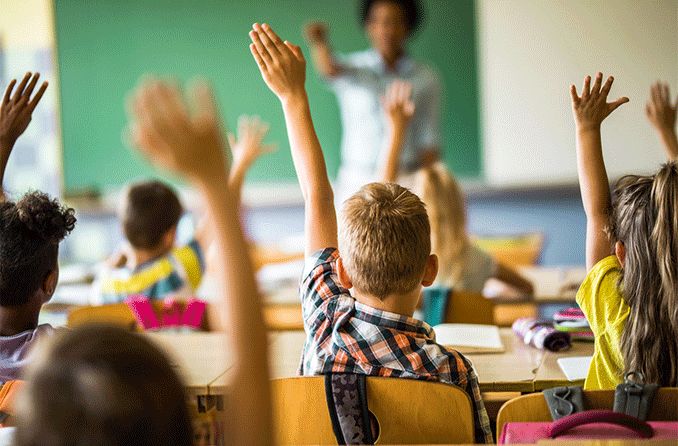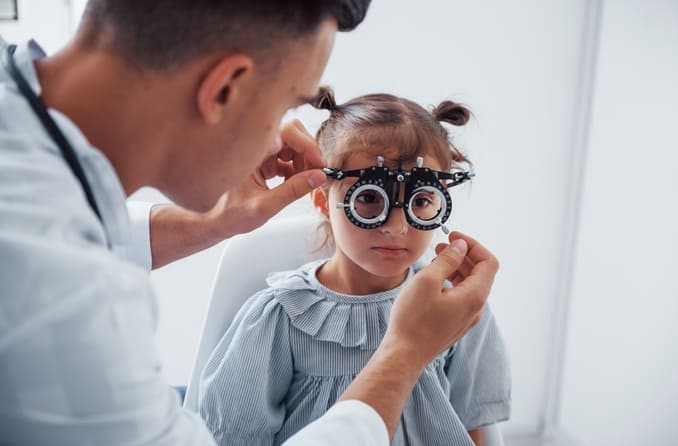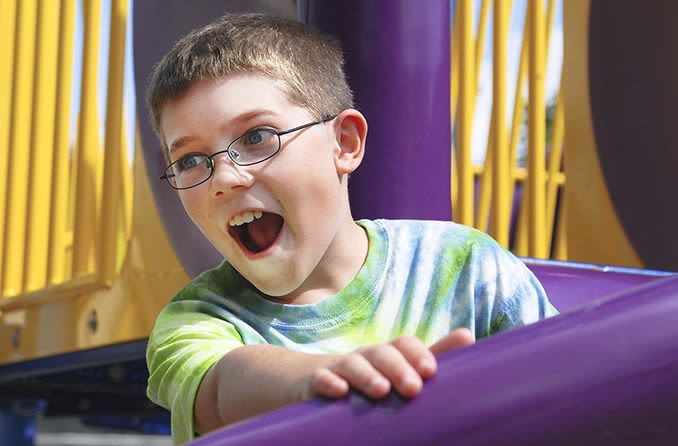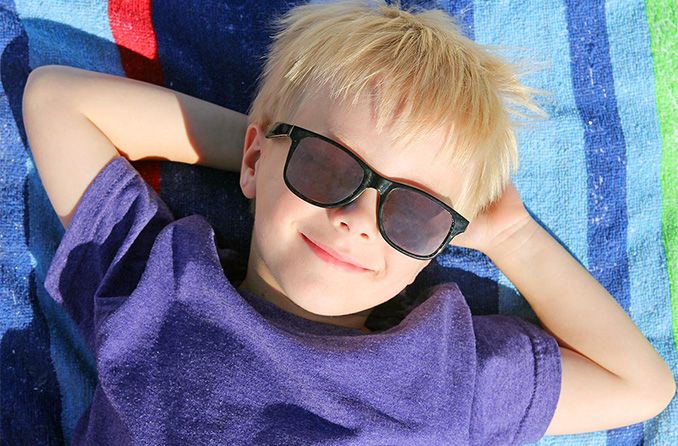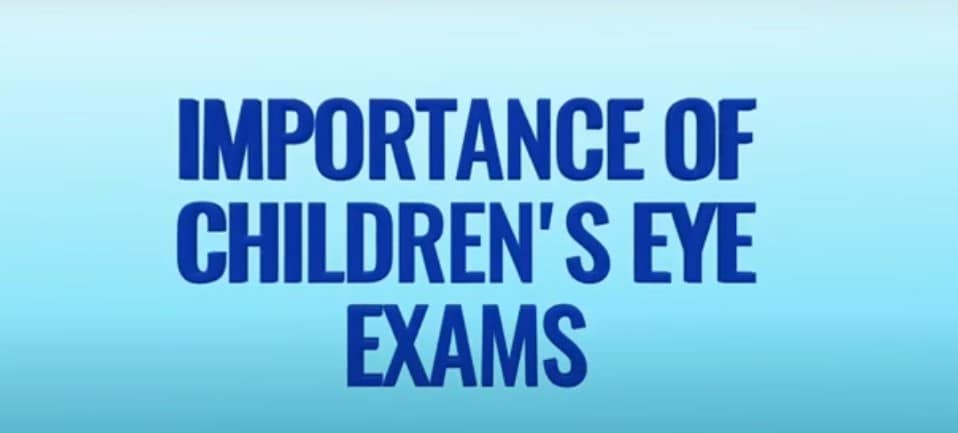Choosing the right toys for eye safety is a concern for every parent.
Children are born with an immature visual system that needs to be stimulated in order to promote normal infant vision development. The good news is nothing stimulates a child's vision more easily than a toy. But it's important to choose toys that are safe.
Keep in mind that most childhood accidents occur at home, many with toys. Children spend a great deal of time playing with their toys, so you need to make sure those toys are safe for overall health as well as eye safety.
Usually when toys are not safe, it's because they are not age-appropriate for the child.
How To Size Up Toys
Hand-in-hand with age appropriateness is making sure the toy is developmentally appropriate. Smaller pieces can be found in toys labeled for children age 3 and up. If your 4-year-old stills likes to put things in her mouth, these toys are not developmentally appropriate for her.
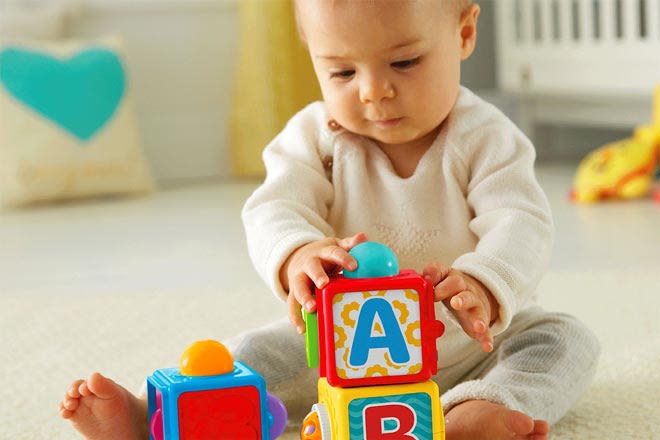
Toy size also is important. If a toy is large enough not to fit into a child's mouth but can be manipulated into a smaller size, put the toy away until your child is older.
Make sure your child's toys are sturdily constructed so they won't break or fall apart with reasonable play, and double-check that any paints or finishes are non-toxic and not likely to peel or flake off.
Stuffed, plush toys should be machine washable, and, for younger children, made without tiny pieces to pull off, such as buttons or ribbons.
Avoid toys with sharp or rough edges or pieces. Make sure long-handled toys — such as a pony stick, broom or vacuum — have rounded handles, and closely supervise toddlers with such toys.
More On What Toys To Avoid
Avoid toys that shoot objects in the air — such as slingshots, dart guns or arrows — for children under 6, and closely supervise any child playing with such toys. If your older child plays with a chemistry set or woodworking tools, provide him or her with safety goggles.
When shopping for the holidays, birthdays or other special occasions, pay special attention to the age or developmental recommendations on toys. These advisories are displayed on the packaging of toys for a reason. Many parents, grandparents or well-meaning friends may think a toy is "neat" or "looks fun to play with," but it may not be appropriate for infants or young children for safety reasons.
For more information, please read our article, "Toys to Avoid to Keep Your Child's Eyes Safe," including some of the toys from the latest Worst Toys List from World Against Toys Causing Harm (W.A.T.C.H.).
Toy Suggestions
Following are some suggestions for age-appropriate toys for children to stimulate their visual development, develop hand-eye coordination and understand spatial relationships.
Birth to 12 months. Brightly colored mobiles (make sure the colors and detail on the mobile pieces face down to the child, not up to the parent), rattles, balls, stuffed animals, activity gyms, blocks, stacking/nesting toys, pouring toys (such as measuring cups).
1-year-olds. Finger paints, modeling clay, board books, balls, stuffed animals, blocks, stacking/nesting toys, pouring toys (such as measuring cups), riding toys, puzzles (with large pieces), shape sorters, musical toys.
2-year-olds. Finger paints, modeling clay, Lego Duplo (large Lego pieces), board books as well as standard books, balls, stuffed animals, stacking/nesting toys, pouring toys (such as measuring cups), riding toys, puzzles (with large pieces), shape sorters, musical toys, dress-up clothes, child-sized household toys and items (broom, vacuum, rake, lawn mower), toy computer, child-sized kitchen area (refrigerator, stove, microwave, sink, cupboard, table and chairs), sandbox, kiddie pool, toddler music player, magnetic letters, climbing toys (such as backyard gyms or playscapes).
3- to 6-year-olds. Large crayons, large markers, finger paints, modeling clay, Legos, books, balls, stuffed animals, tricycle or bicycle, puzzles, musical toys, swings, dress-up clothes, child-sized household toys and items (broom, vacuum, rake, lawn mower), kids' learning or game tablet, child-sized kitchen area (refrigerator, stove, microwave, sink, cupboard, table and chairs), sandbox, kiddie pool, child CD player, stringing beads, magnetic letters, climbing toys (such as backyard gyms or playscapes), toy camera, basketball set, board games, roller skates.
7- to 10-year-olds. Crayons, markers, finger paints, modeling clay, Legos, arts and crafts kits, sewing toys, books, balls, stuffed animals, bicycle, puzzles, musical toys or musical instruments, swings, dress-up clothes, music player, tablet, computer games, camera, board games, science items (such as microscope, telescope and chemistry sets), roller skates, skateboard, jump rope, sports equipment.
Let Parents Make The Final Choice
Finally, when purchasing toys for grandchildren or the children or grandchildren of friends, respect their parents' right to limit what types of toys they play with. Give the parents a present, too — a gift receipt from the store where you purchased the item, in case they want to exchange it!

